
Driving the Mille Miglia
The Mille Miglia Storica and Its Entrants
By Peter Walker
In spite of its demise, the Mille Miglia was not forgotten, and since 1977 organizers have offered the Mille Miglia (following routes similar to the original race) as a time-distance-speed rally for classic cars. This event has continued uninterrupted, every spring since, and while it does not feature triple-digit speeds (at least not in miles per hour), the enthusiasm for the event is as great as ever, both among participants and spectators.
To enter the modern Mille Miglia (sometimes called the Mille Miglia Storica or historic Mille Miglia), one must have an eligible car: a model that would have run in the 1927-1957 race. The modern event, as a result, includes all kinds of classic cars, from the early 1920s to the 1957 model year. Having such a car, though, is not in itself enough: one must apply and be accepted, and rarity helps, at least rarity compared to the rest of the applicants, as the organizers appreciate variety.
A 1953 Alfa 1900 Sprint with a rare body was, therefore, an excellent choice. There were other 1900s in the 2023 Mille Miglia, including several 1900 sedans and Touring-bodied Sprints. There was a Zagato-bodied 1900 coupe, driven by a young German, with his mother as co-pilot and navigator. Most rare of all were the Alfa Romeo museum’s Franco Scaglione-designed 1954 2000 Sportiva (one of two built) and the surviving Scaglione-designed 1954 1900 Sport Spider. The other 2000 Sportiva coupe is the car that the Alfa Romeo museum traded in 1971 (along with a brand new Alfasud) for a private collector’s 20/30, the oldest badged Alfa Romeo then in existence. That privately-owned coupe is in a private collection in Switzerland. The museum’s one was co-driven during the 2023 Mille Miglia—and with considerable brio—by German TV and film actor, Tom Wlaschiha (of Game of Thrones fame).
Over 400 cars registered for the 2023 Mille Miglia. The cars are numbered in sequence, roughly oldest to most recent (our number was 253). The oldest car was number 9, a 1920 Lancia Lambda Spider Tipo 222 Lungo. Among the 1957 cars were some Mercedes (300SLs and a 190SL), two Lotus 11 Climaxes, two Zagato-bodied Abarth Fiat 750 Berlinettas, a Saab 93, a BMW 507, two MGAs, and an Alfa Giulietta Sprint Veloce.
Given our number, we very rarely saw the lower-numbered pre-war cars while they were on the road (as they were well ahead of us). But we were not complaining, as we drove in company with (or were passed by) countless Triumph TR-2s and TR-3s, Mercedes Gullwings, early Austin-Healeys, Jaguar XK-120s and 140s, Aston Martin DB2s, and Porsche 356s. There were also numerous Lancias, especially Aurelias, and quite a few Fiat 1100 Berlinas. Rarer—in number—were a 1956 Rover 75, a Citroën Traction Avant, two Citroën DSs, two Peugeots (a 203 and a 403), and a Renault Dauphine (Gordini-powered). Neither the Rover nor the Dauphine appeared to us to be appropriate cars for driving up and down mountain-road switch-backs, yet we marveled at how their drivers hustled them—in an amazing display of car control—down the steep, downhill side of the Abetone Pass. This was especially impressive in the case of the rear-engined Dauphine. We also saw a number of rarer cars like the Abarth Zagato-bodied coupes based on Fiat 750 mechanicals, and Cisitalias, Oscas, an HWM, an Ermini, a Moretti, a couple of Maserati A6GCSs, and, of course, a fair share of Ferraris.
Tom Wlaschiha was not the only celebrity participating in the Mille Miglia; Jackie Ickx (the multiple winner of the 24 hours of Le Mans) rode the first two days in a plum-colored 300SL Gullwing (that disappeared subsequently), and a second Gullwing was co-piloted throughout the event by former F1 and Alfa 33TT12 driver, Jochen Mass. (For a full list of participating cars, drivers, and co-pilots, see the entry list on the Mille Miglia web site. (Here is the English-language home page of the Mille Miglia web site.)

Other 1900s

Other 1900s
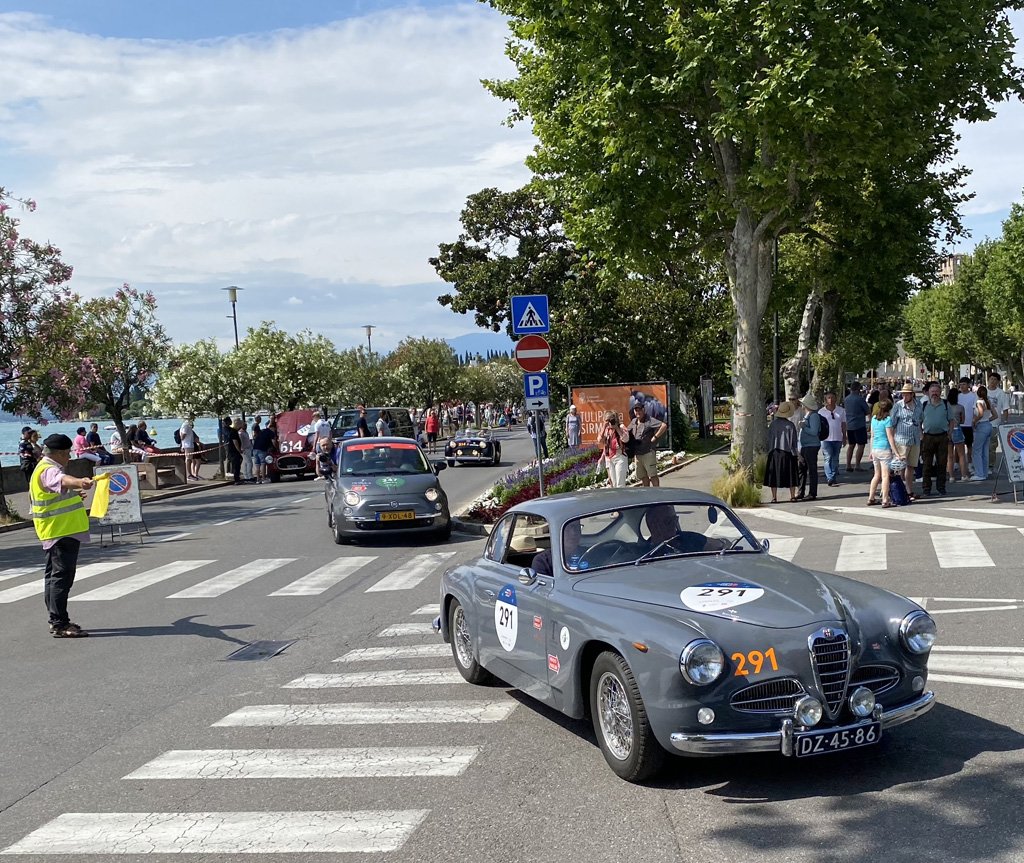
Other 1900s
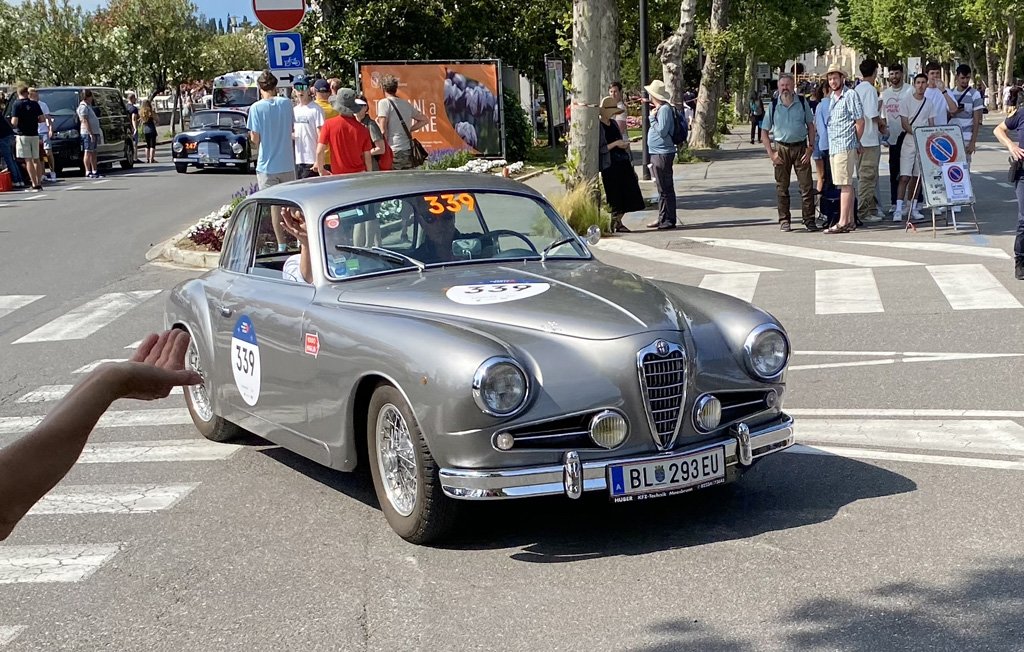
Other 1900s

Other 1900s
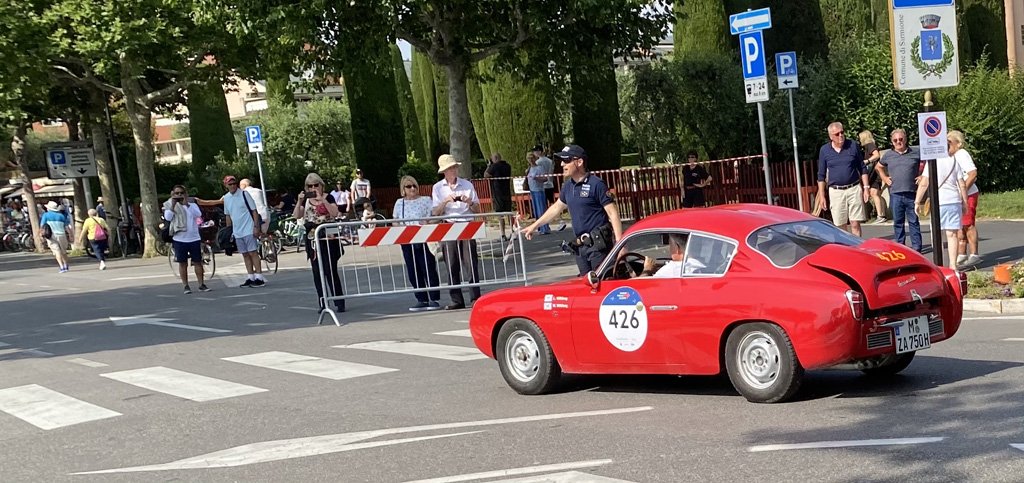
Other interesting entrants
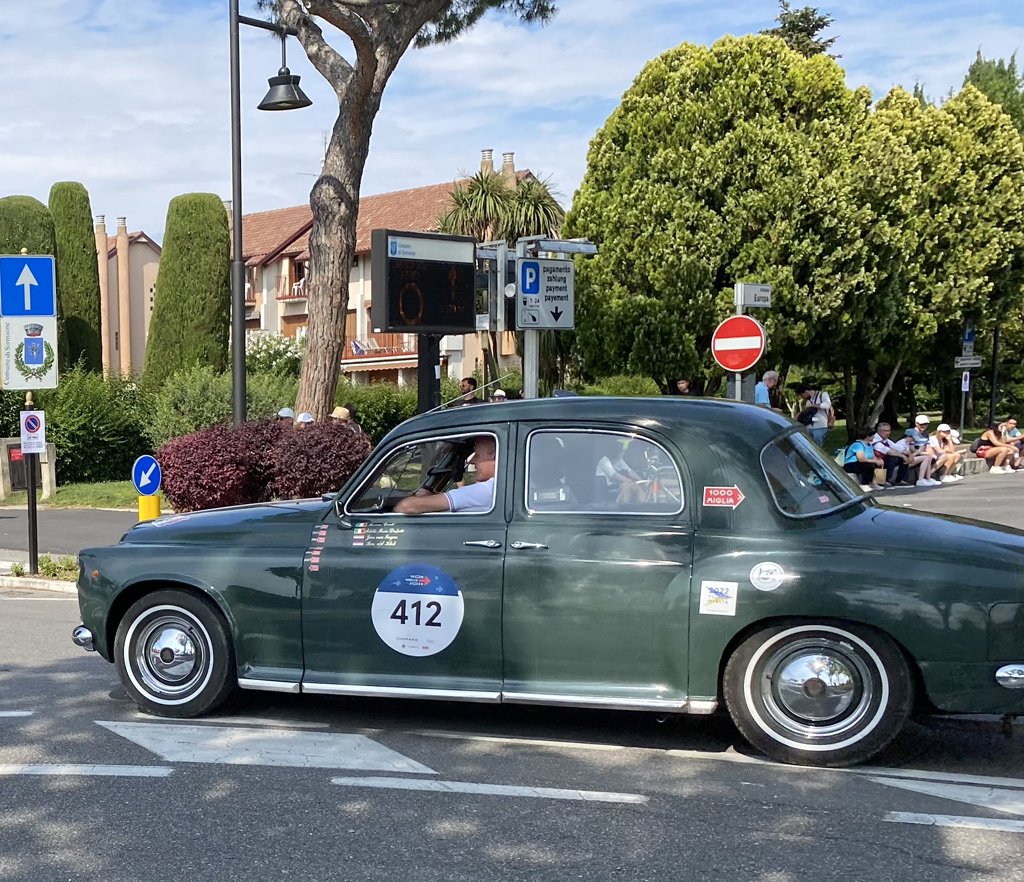
Other interesting entrants

Other interesting entrants

Alfa 2000 Sportiva

Alfa 2000 Sportiva
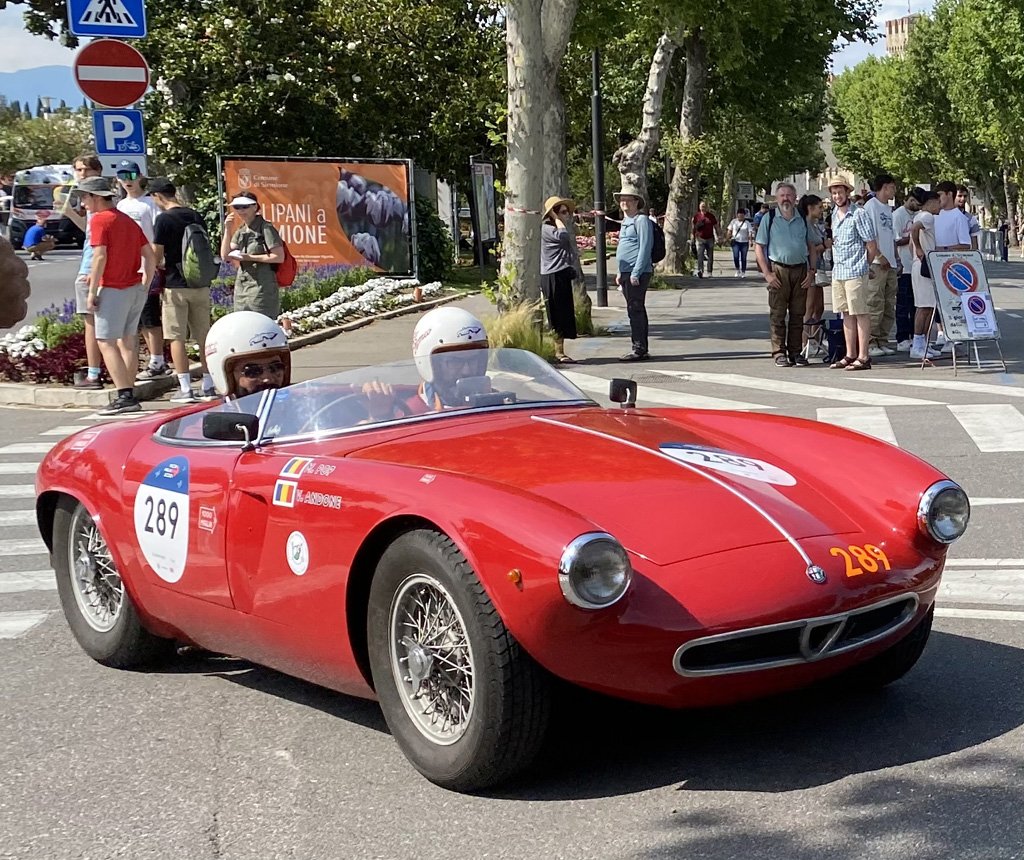
Alfa 1900 Sport Spider

Alfa 1900 Sport Spider

Oldest and lowest numbered entrants
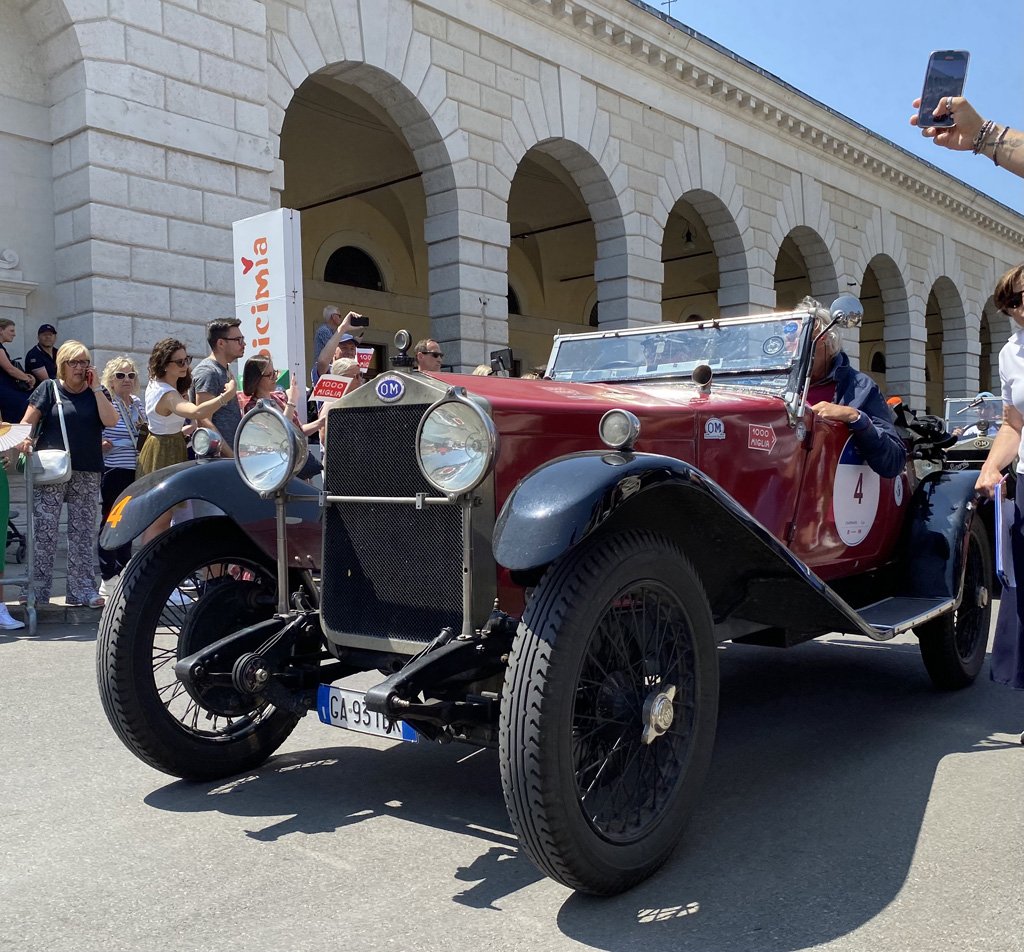
Oldest and lowest numbered entrants
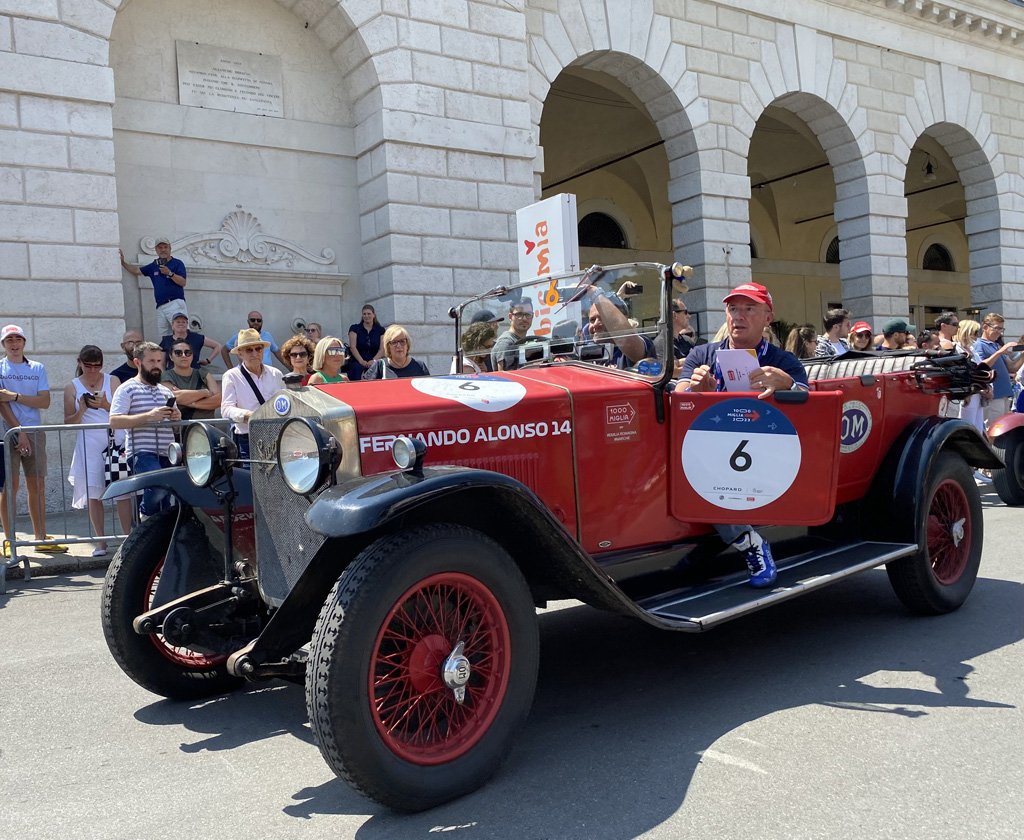
Oldest and lowest numbered entrants

Oldest and lowest numbered entrants

Oldest and lowest numbered entrants
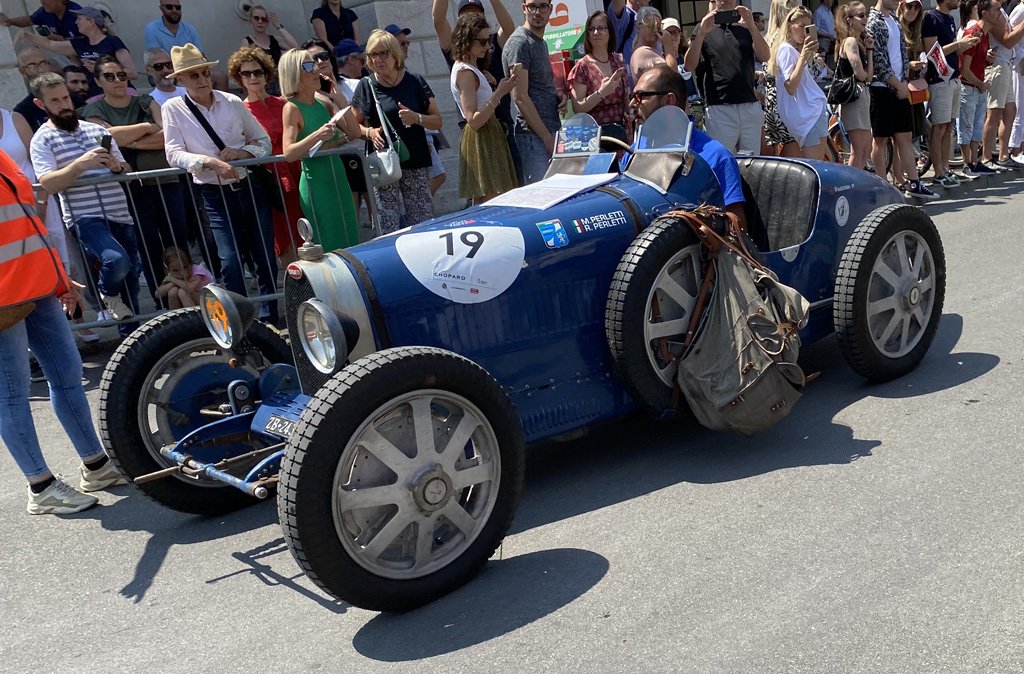
Oldest and lowest numbered entrants

Oldest and lowest numbered entrants

Oldest and lowest numbered entrants
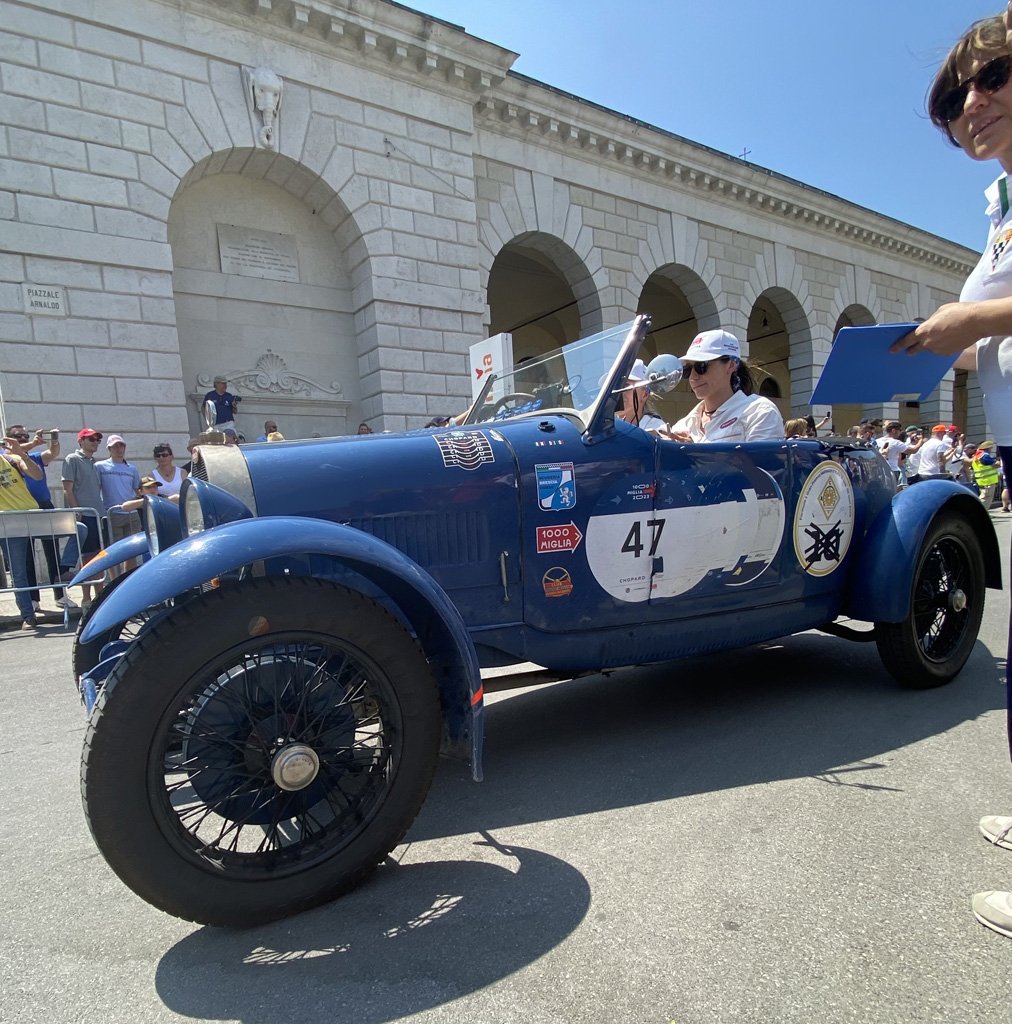
Oldest and lowest numbered entrants
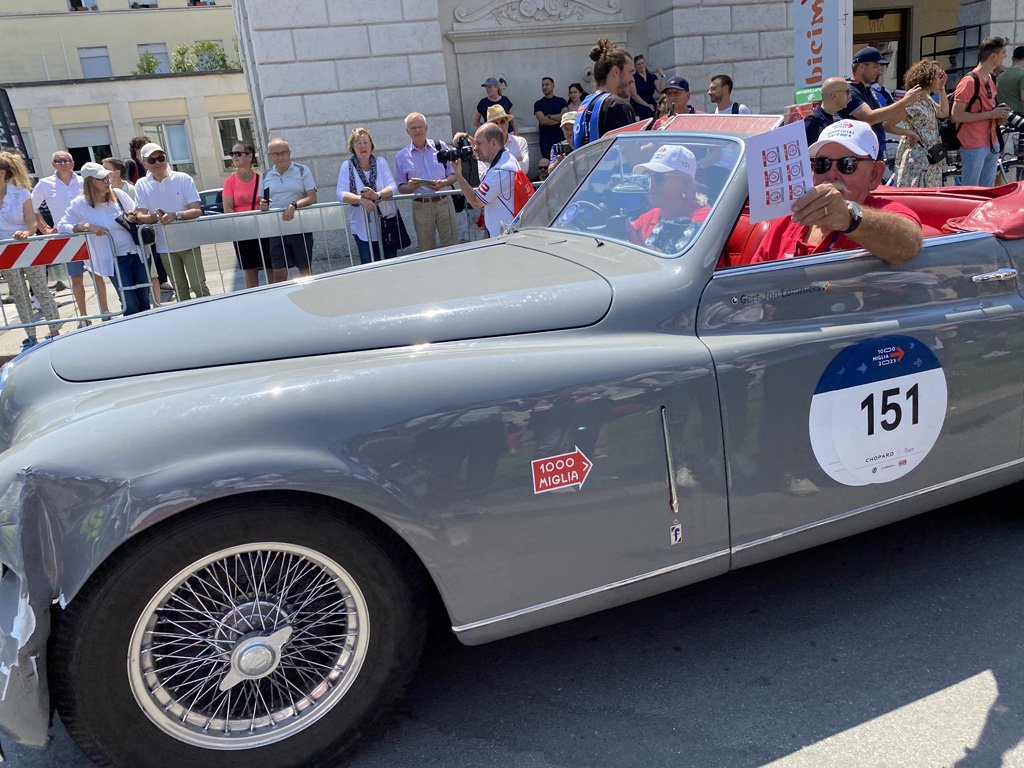
Other interesting entrants

Other interesting entrants
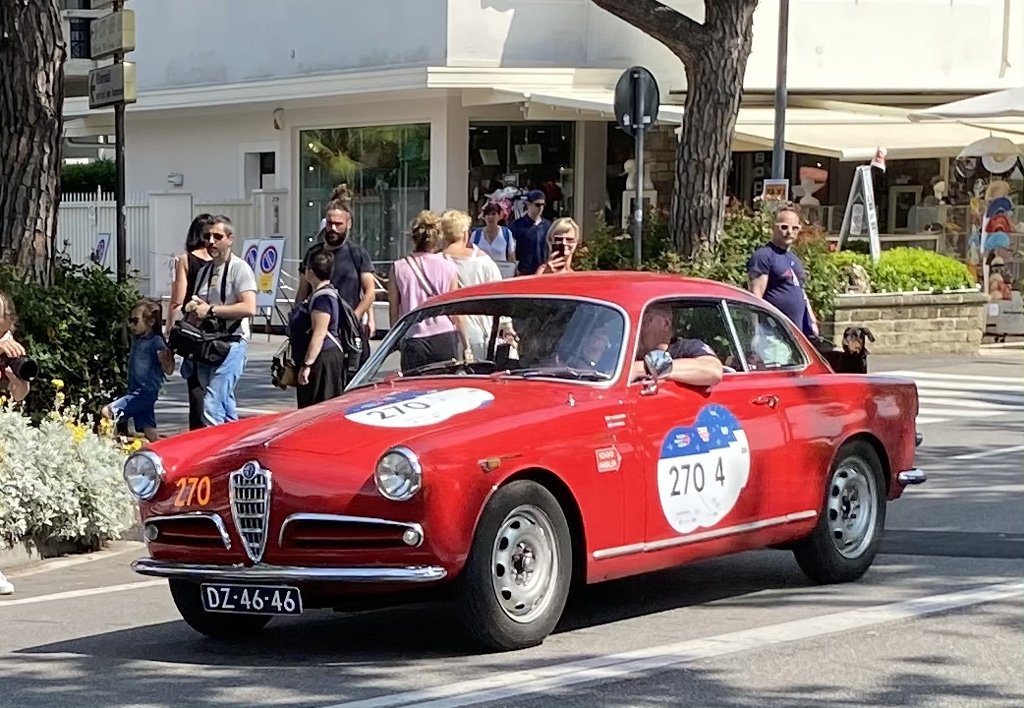
Other interesting entrants
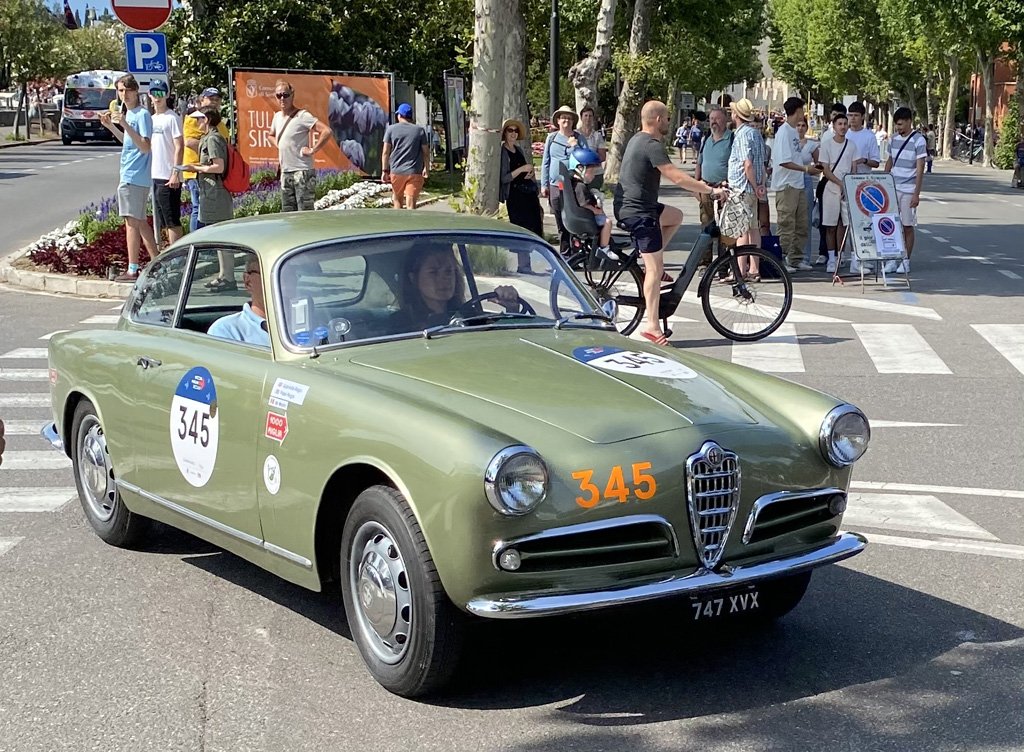
Other interesting entrants
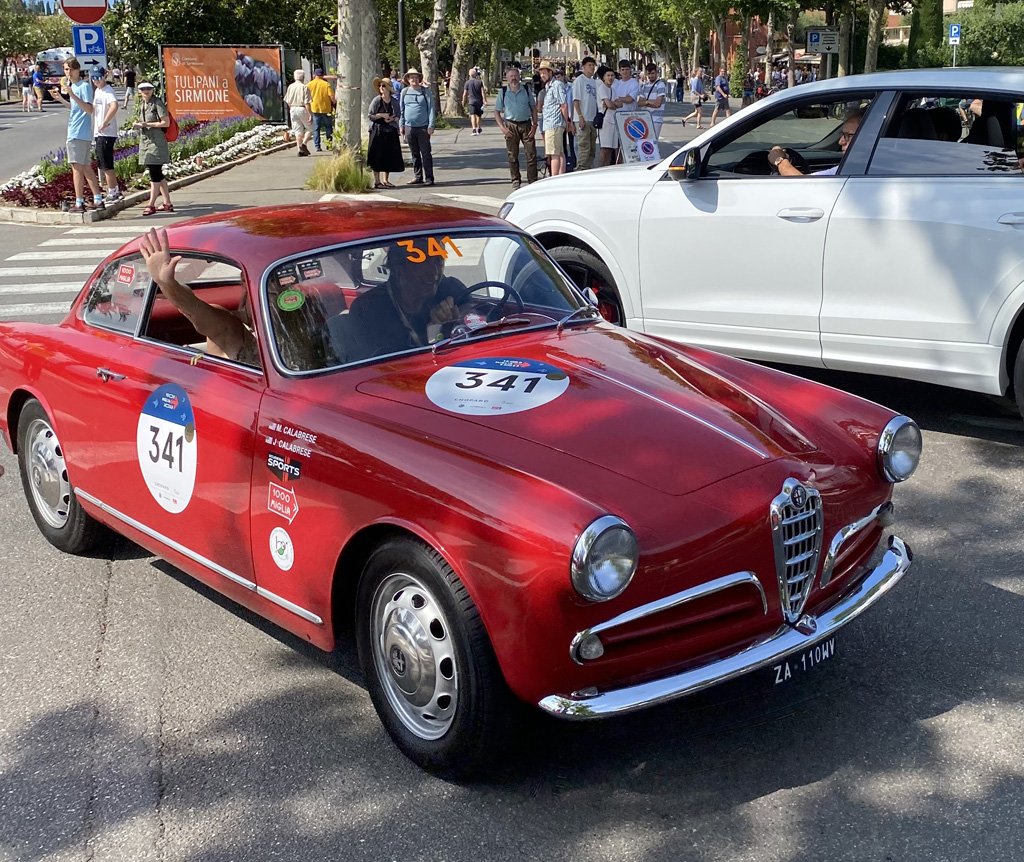
Other interesting entrants

Other interesting entrants

Other interesting entrants
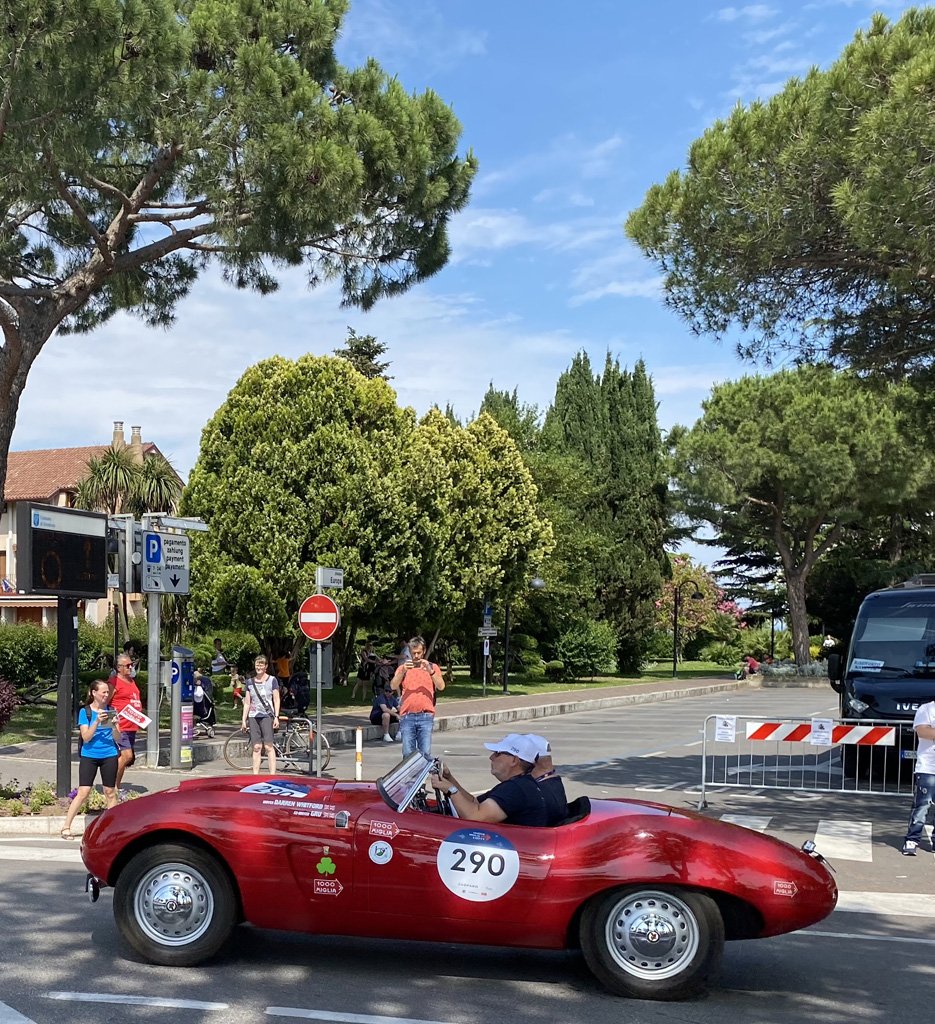
Other interesting entrants
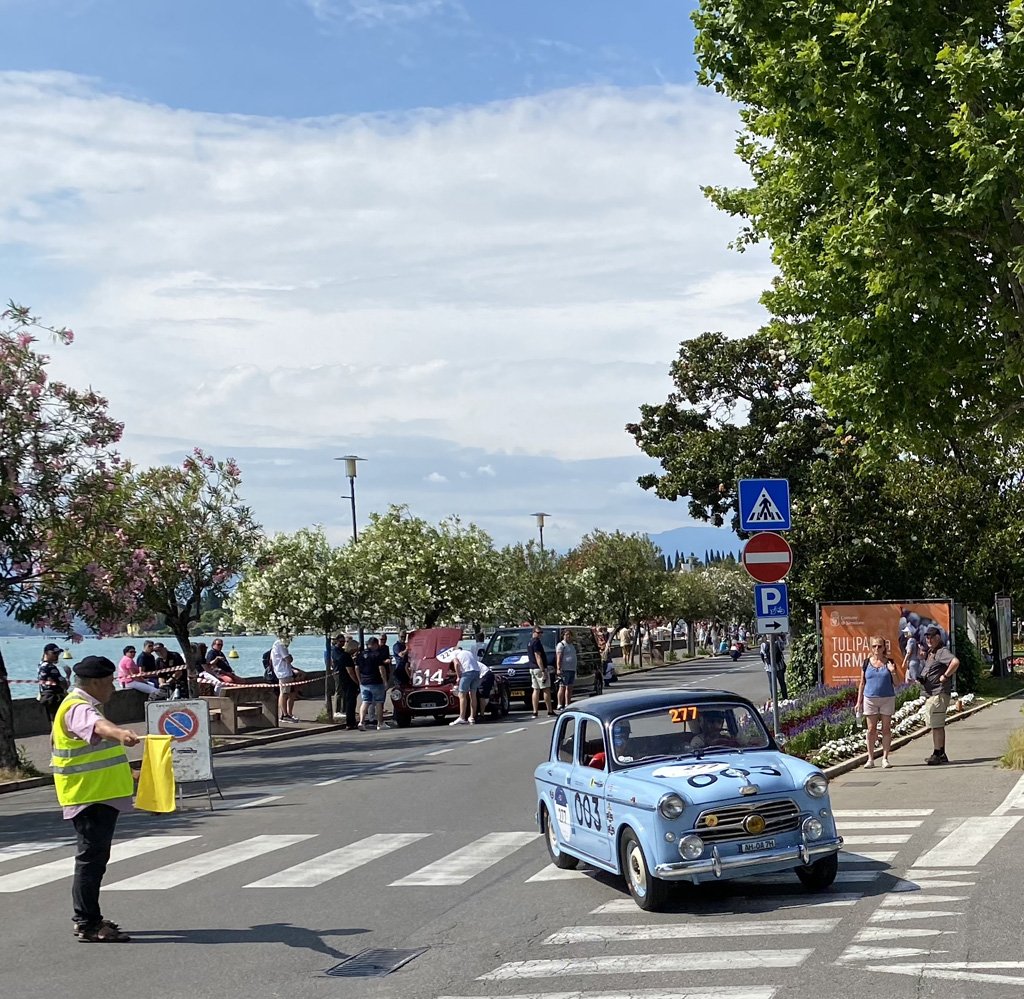
Other interesting entrants

Other interesting entrants
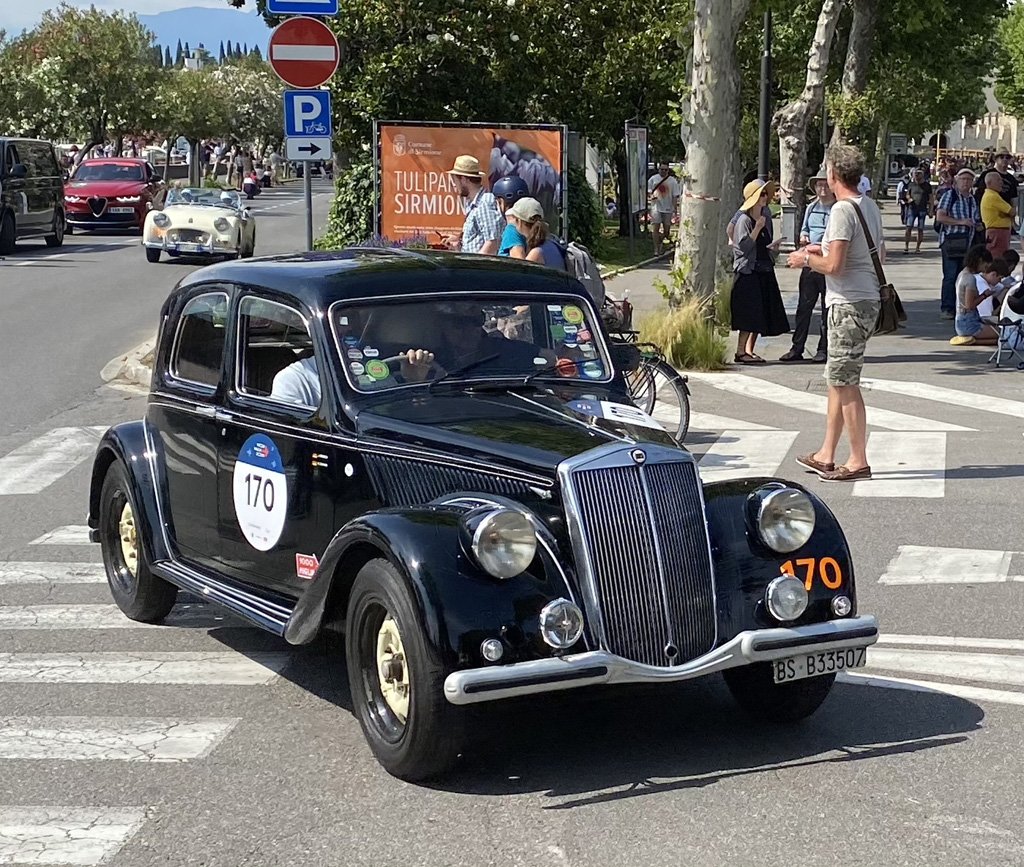
Other interesting entrants

Other interesting entrants

Other interesting entrants
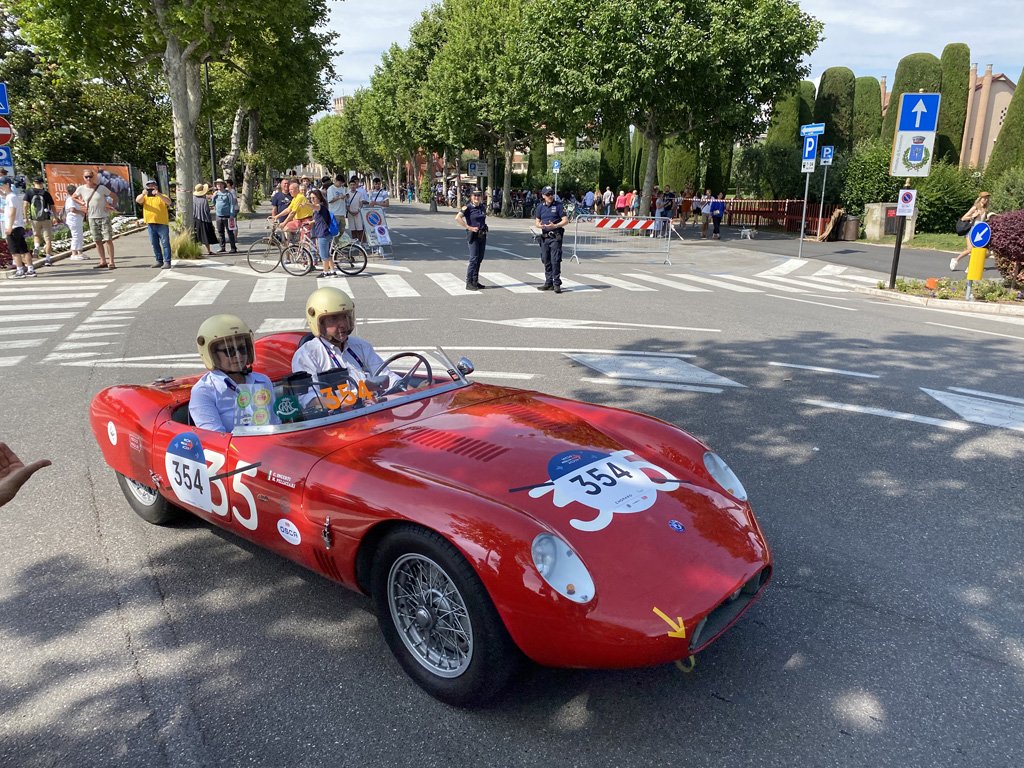
Other interesting entrants

Other interesting entrants

Other interesting entrants

Other interesting entrants

Other interesting entrants

Other interesting entrants

Other interesting entrants

Other interesting entrants
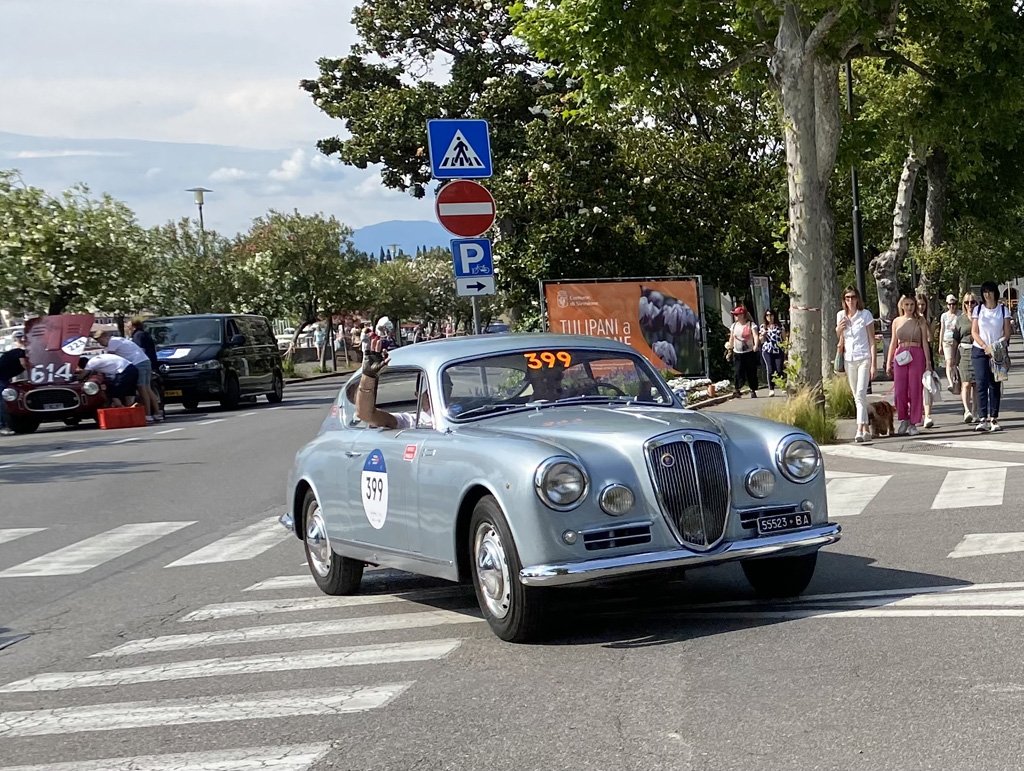
Other interesting entrants

Other interesting entrants
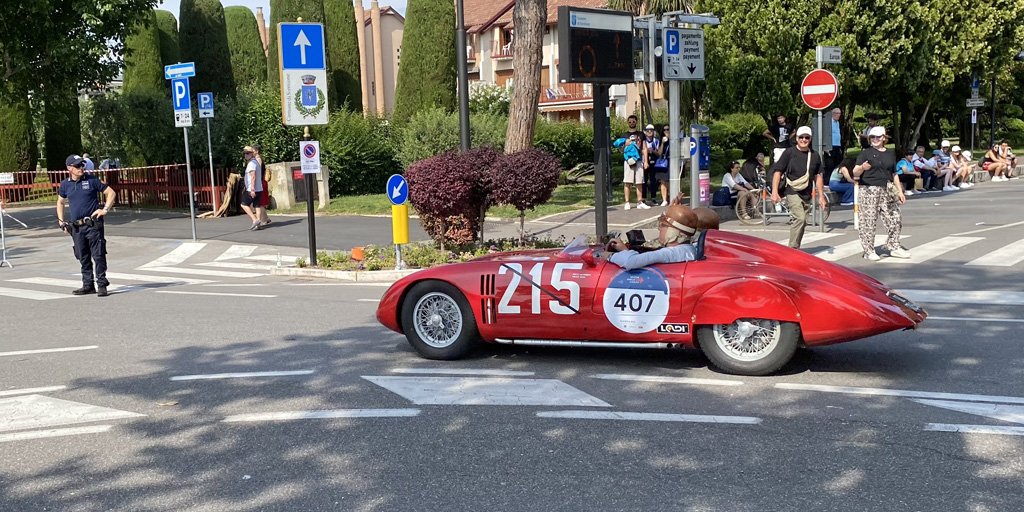
Other interesting entrants

Other interesting entrants

Other interesting entrants
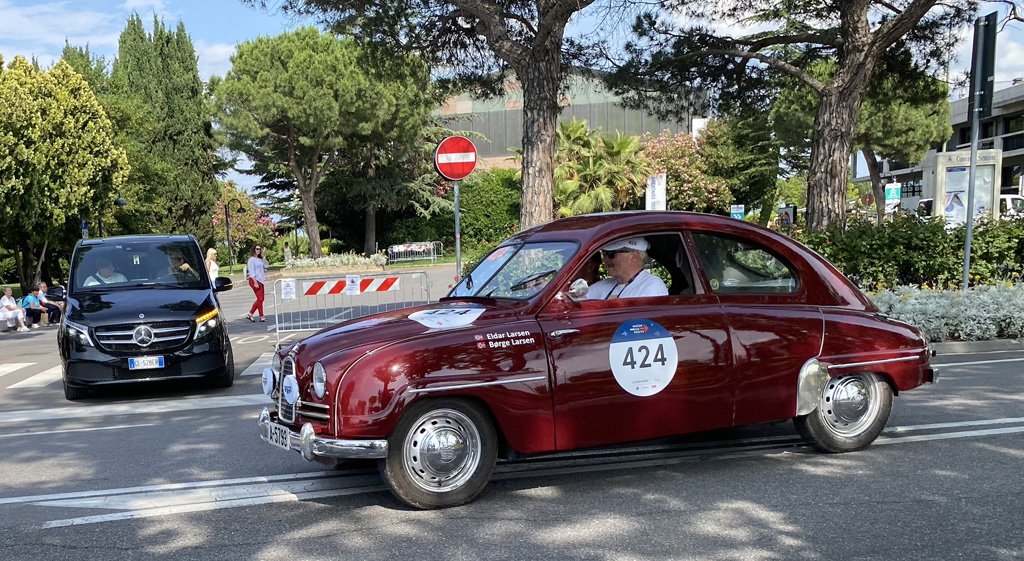
Other interesting entrants
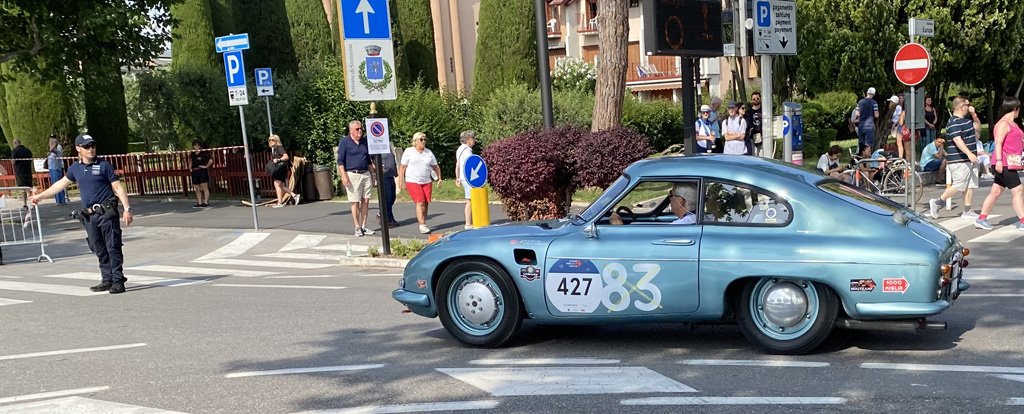
Other interesting entrants
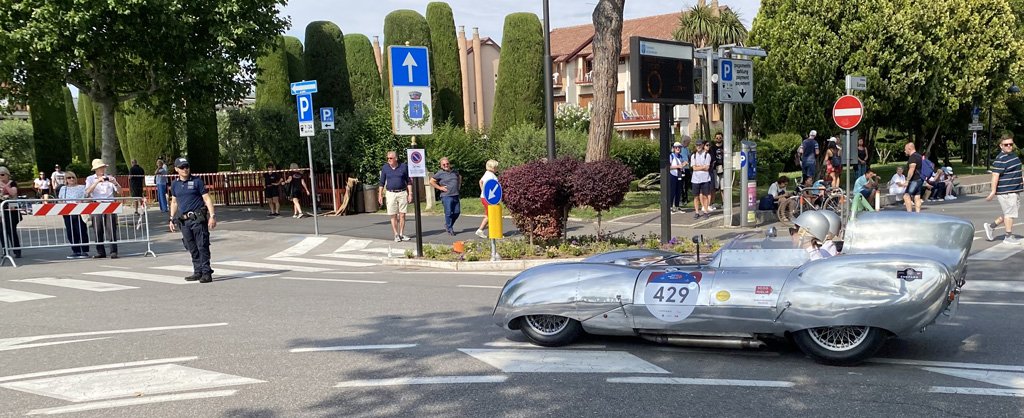
Other interesting entrants

Other interesting entrants

Alfa 2000 Sportiva at the finish

Movie stars!

Jackie Ickx in white at the Macerata lunch stop

Some illustrious company
Being passed by the 2000 Sportiva
